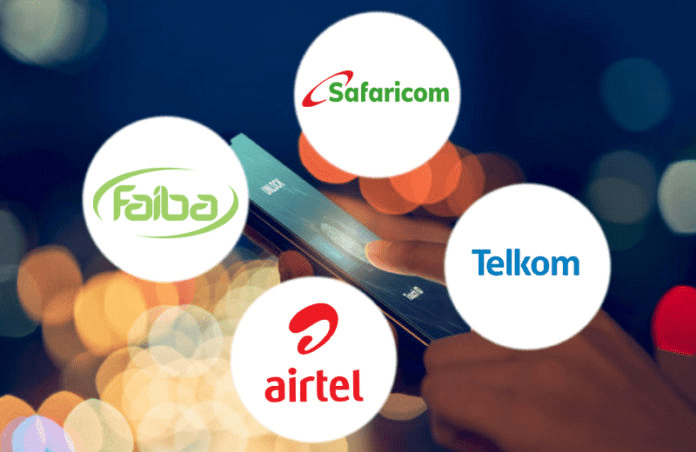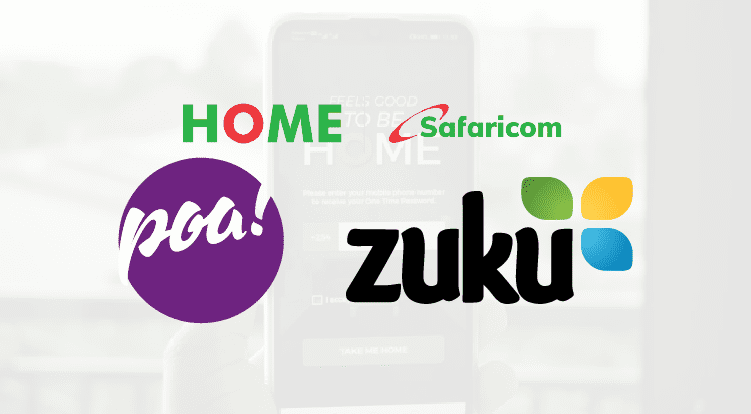Project Loon was officially launched by President Kenyatta a couple of weeks ago. The announcement was motivated by the need to avail mobile internet access to as many parts of the country as possible.
Another motivation is the Coronavirus pandemic that has forced people to work from home. Some students are also using e-learning platforms to learn, so a robust connection is always a welcome idea.
When the announcement was made, Loon partner Telkom Kenya said that the country would receive the balloons in a few weeks. The first balloon was here a fortnight or so ago.
Today, we can see a total of four balloons flying over South Kitui National Reserve, Rahole National Reserve and Kivaa – all in Eastern Kenya, and another one somewhere near Voi, Coastal Kenya.
We had expected the 4G internet-beaming high-flying balloons to take a while before making an appearance in Kenya. The devices are launched from the US.
Telkom Kenya had also said that upon arrival, the balloons would be tested before commercial deployment. The target areas, as reported, are mostly in underserved parts in Rift Valley and Central Kenya.
The exact launch date has not been confirmed as of this writing, but at this rate, it will not take a long time.
Project Loon has been around for a while. Even after being given a launch nod by the Communications Authority of Kenya (CA), the project was stalled by lack of additional licensing from the Ministry of Transport and the KCAA. The permits have since been given.
We are looking forward to the devices expanding the coverage of Telkom Kenya 4G services, which has been lagging behind in that space as a market leader Safaricom continues to deploy LTE to all major urban centres in the country.
In its defense, Telkom Kenya does not have Safaricom budgets. It is still a good thing that it is trying to serve customers in remote areas that ordinary masts wouldn’t be erected for geographical reasons.





























